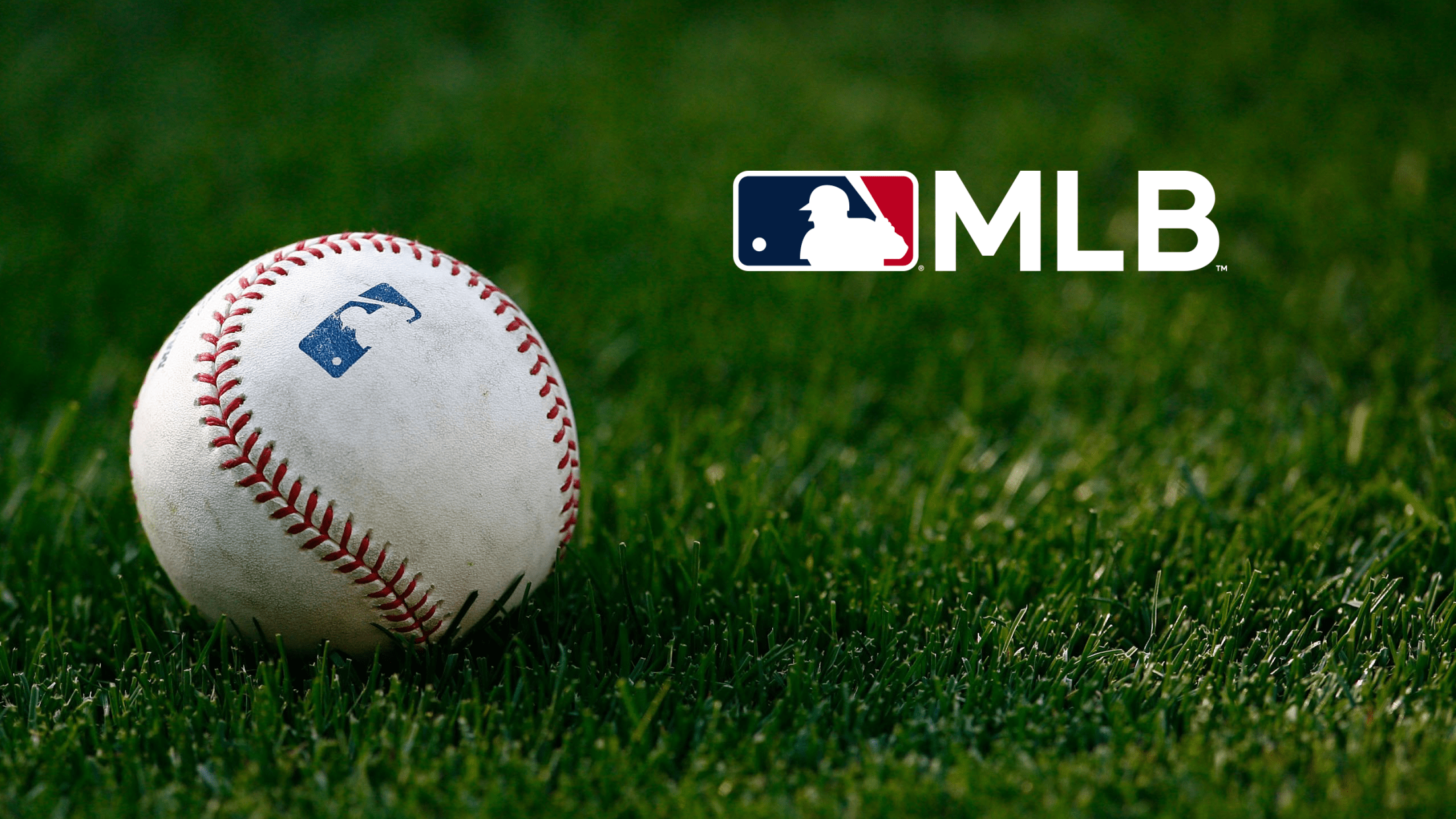Coming off a shortened Spring Training after the lockout, Major League Baseball has allowed teams to operate with 28-man rosters for the first few weeks of the season. The rosters contract to their standard size of 26 on May 1, however, forcing front offices across the Majors to make some difficult decisions.
The 27th and 28th men aren’t going to have much sway on the MLB odds to win the World Series just yet. Shrinking the roster size shouldn’t be a straightforward decision, though. It can impact far beyond the smaller details of this season and twist the path of careers in ways that might not be immediately obvious.
There is a case to be made that the 28-man rosters should remain into May and beyond. Here are a few reasons it should at least be considered.
Pitching Fatigue Remains a Concern
So few pitchers are going deep into games right now. There are a lot of strict pitch limits. While front offices and managers will be more relaxed as their workload ramps up, the impact of the short preseason is going to be felt beyond May 1.
MLB wants fewer pitching changes. Traditionalists want more long outings from starters. There are arguments for both points, but in this season, the health of pitchers has to be a priority, and that includes those coming out of the bullpen who have been worked hard in the opening weeks.
The three-batter minimum has had its desired effect. With that in place, there is no need to have such harsh restrictions on the number of pitchers on a roster. Teams need the depth to be able to keep arms fresh and hopefully minimize injury risk – an extra bullpen arm or two cannot hurt for another month at least.
More Opportunities
Julio Rodriguez, Spencer Torkelson and Bobby Witt Jr are just three prospects who have been given their Major League debuts already this season.
They were always going to get their opportunity in 2022 regardless of roster size. For others, though, the extra couple of spots could be the ticket to The Show, a chance to earn a Major League salary, even if just for a week or two. That income is invaluable after years grinding in the minors.
Those extra innings or plate appearances available could be the chance for a player to make a name for themselves. Perhaps it’s a former top prospect, perhaps it’s a journeyman minor leaguer. Either way, front offices being able to get a look at more players in their system can only be a positive.
Players Stay Fresh
Aside from just avoiding injuries, a deeper roster makes it easier to keep players fresh down the stretch. Sure, part of the challenge of a baseball season is the grind, but who wants to see stars players crumble in September and October?
Instead of bogus stints on the injured list to get a break, having a deeper roster allows teams to manage workload as they see fit. Running a six-man rotation is suddenly a bit more feasible, and DH-ing a fatigued position player is easier if you’ve got the depth to cover their position.
The 28-man rosters are not here to stay. That goes along with what a lot of people involved in the sport want, but that doesn’t mean it’s a good thing for this season at least.

